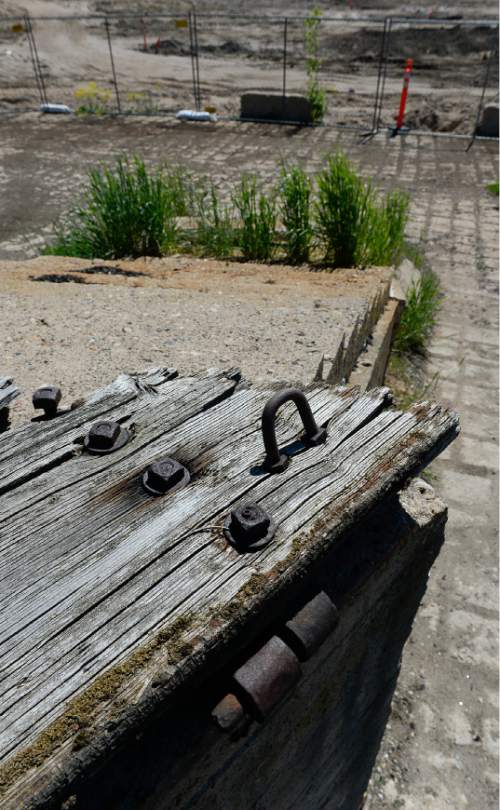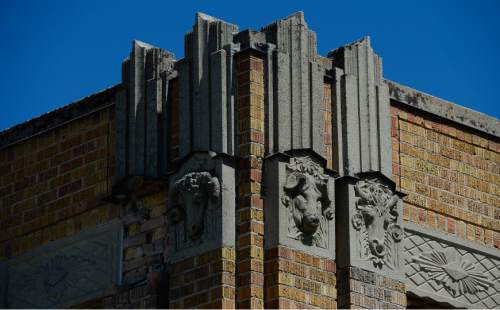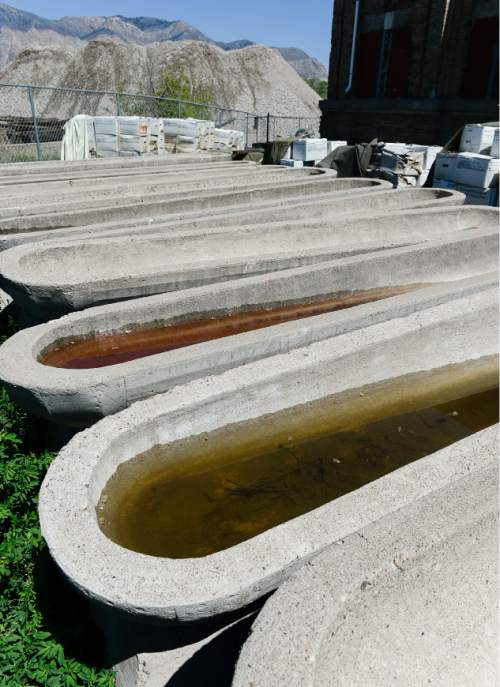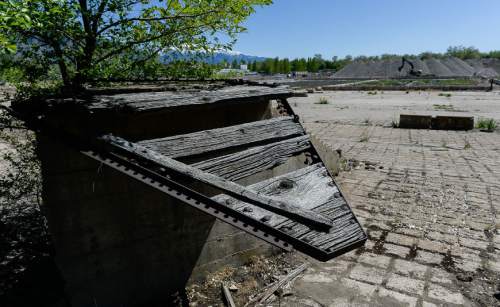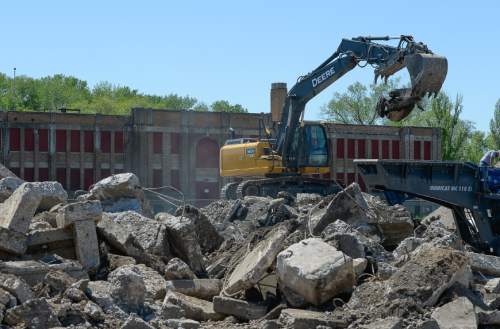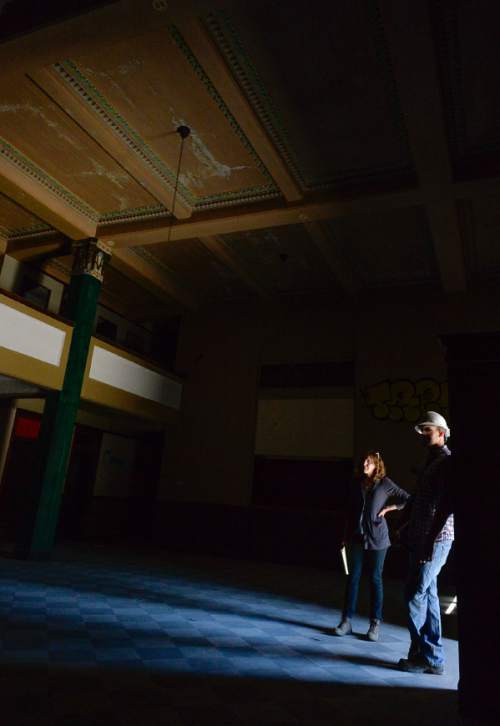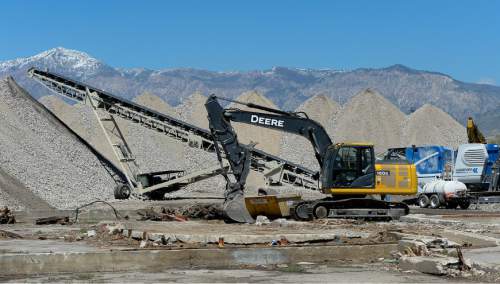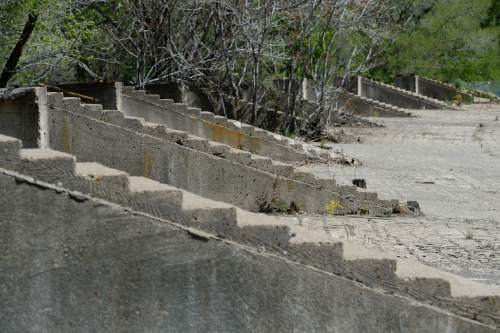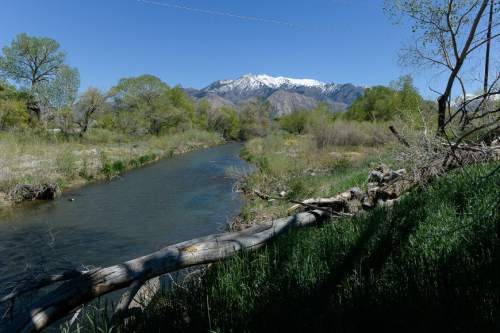This is an archived article that was published on sltrib.com in 2015, and information in the article may be outdated. It is provided only for personal research purposes and may not be reprinted.
Not all state history involves petroglyphs, pioneers and prehistoric creatures.
As the Utah Division of State History celebrates Archaeology and Preservation Month in May with events across the state, archaeologist Chris Merritt points out that history comes in many familiar and some not-so-obvious forms.
"Generally, anything over 50 years old and not in use as a house or a building qualifies," said Merritt. "Under the law, any physical part of human history from 1965 to 12,000 years ago is what we consider history."
For instance, Merritt, who works for the Antiquities Section of state history, has studied garbage ranging from ancient trash pits to dumps around Milford.
"We looked at trash disposal patterns back to the 1890s," he said. "You can see what people were eating and drinking at different times through the years. You also get a feel for the socioeconomics of the people and places they dumped their trash."
Merritt said Utah currently has roughly 90,000 identified archaeological sites, but only about 9 percent of the land has been surveyed.
A big chunk of that yet-to-be-surveyed land includes Dugway Proving Ground and the Utah Test and Training Wendover Air Range in western Utah. Those lands are closed to public access.
But historic buildings also are an important part of the state's more modern history.
There was a time when the Ogden Stockyards were a bustling place with people moving livestock to packing plants and across the country.
The Stockyards, according to UtahRails.net, were established in 1906 on the east bank of the Weber River north of 24th Street as local farmers sold and traded livestock.
By the mid-1910s, the stockyard was moved across the river so the place could expand to handle demand. In 1917, the first Ogden Livestock Show was held.
The number of sheep, pigs, horses, mules and cattle going through the stockyards topped 2 million animals some years, but things had slowed so much by the early 1970s that the facility closed in 1971.
In recent years Ogden City, which owned the land, started to look at the area as a possible site for a business park.
The State Historic Preservation Office provided advice and a review of the city's plans to help keep the process within federal provisions for working with historic buildings.
As a result, Ogden is getting federal money to preserve the main structure — the Exchange Building.
According to Sara Meess, project coordinator for Ogden City business development, the city is trying to get the Exchange Building on the National Register of Historic Places.
Plans for the park include creating the Ogden Business Exchange, a key component on the 50-acre site. And historic elements from the stockyards will be incorporated into the plan and landscape design.
Ogden City leaders are hoping to continue their growing relationship with the outdoor industry by attracting companies to the new development.
Initial drawings also include tying the compound into the existing Weber River Parkway and its trail system.
Twitter: @BrettPrettyman —
Utah history month events
O The Utah Division of State History has set a number of special events across the state in May as part of Archaeology and Preservation Month.
An open house is scheduled for Saturday from noon to 3 p.m. at Salt Lake Community College's South City Campus, 1575 S. State. Free hands-on activities for kids and families will be available.
The state has partnered with several cities and groups to provide more than 30 special events throughout the rest of the month.
Visit the Division of State History website [http://heritage.utah.gov/history] for a list.



